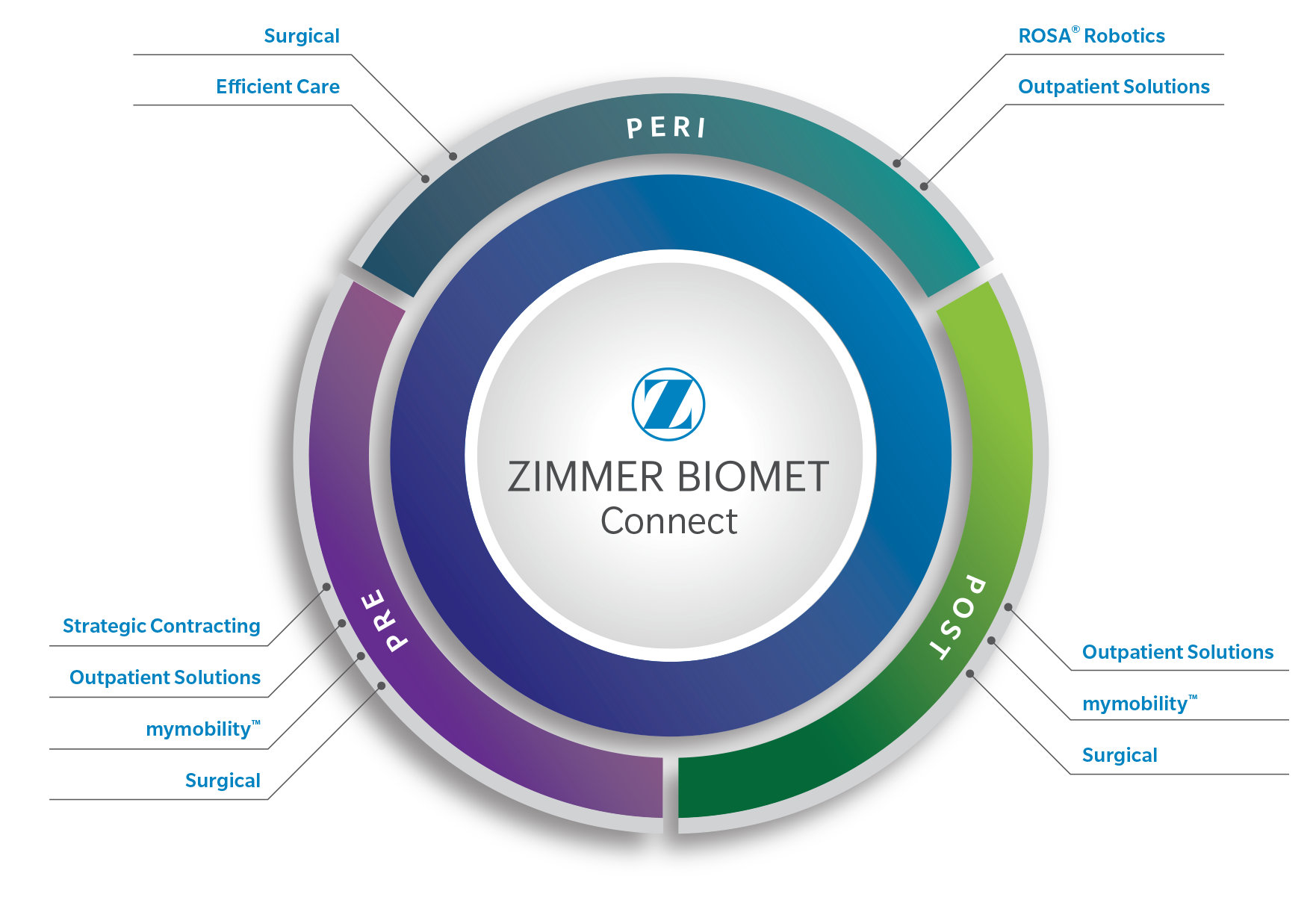Is it time for shoulder replacement?
That’s a question you and your doctor will have to answer together.
However, when non-surgical treatments aren’t providing relief for you
to enjoy life the way you’d like, the time may be right to consider
shoulder replacement surgery.
You and your doctor must consider many other factors prior to
surgery, including your age, overall health and bone density. Every
surgical procedure has risks and benefits. Your individual results
will depend on personal circumstances. Your doctor will provide
post-operative directions. Remember that recovery takes time.
Doctors may delay shoulder replacement for as long as possible in
favor of less invasive treatments. However, if you have advanced joint
disease, you may evaluate with your doctor whether a shoulder
replacement offers the chance for relief from pain and a return to
normal activities.
When your life is dictated by the limitations caused by your
shoulder pain, consider speaking with an orthopaedic surgeon about
joint replacement.







